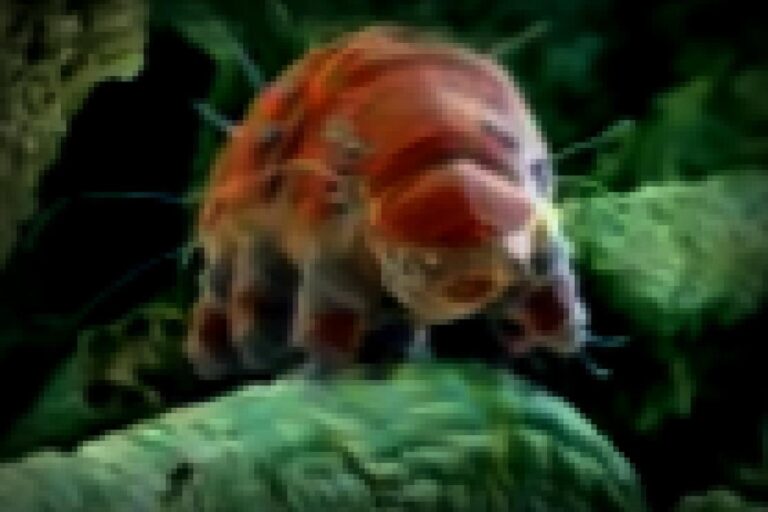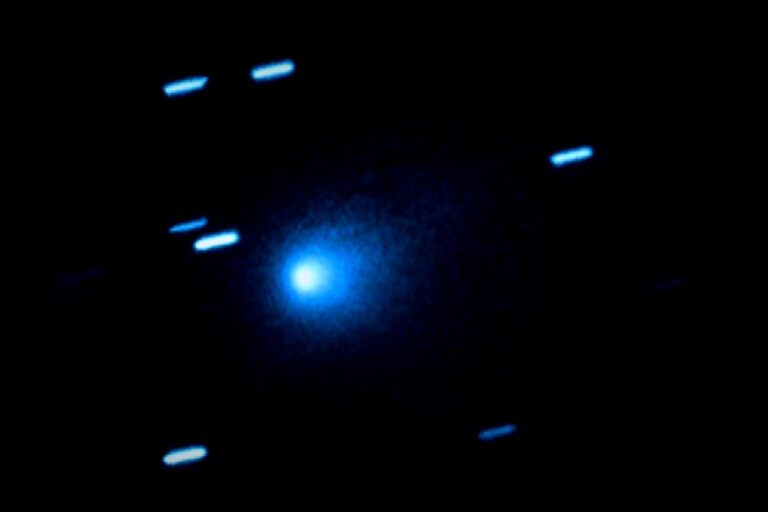There’s a bizarre interstellar object making its way toward our home planet, and according to an acclaimed Harvard scientist, it could possibly be more than just a regular asteroid or comet. The risk here? It might be a sinister piece of alien technology.
In a recent paper that’s still awaiting peer review, Harvard’s own Avi Loeb—who’s known for earlier claiming that ‘Oumuamua, the very first interstellar object we ever detected back in 2017, was of alien origin—partnered with some experts from the Initiative for Interstellar Studies in Britain. Together, they speculate that the new interstellar traveler, d 3I/ATLAS, might not just be another space rock. They’ve even suggested it could originate from a hostile civilization!
Loeb, to put it mildly, is quite the interesting figure. Not only is he a highly respected academic and former chair of Harvard’s renowned astronomy department, but he’s also garnered attention in the past for throwing out the idea that alien spacecraft could be hidden among various cosmic findings. With this latest interstellar visitor—only the third one ever observed—he was almost certain to jump into the conversation.
And indeed, he has stepped into the spotlight. Citing the “dark forest” theory from sci-fi author Cixin Liu, which suggests that the universe might be buzzing with silent, aggressive aliens keen to avoid drawing attention and risking destruction, Loeb and his colleagues Adam Hibberd and Adam Crowl point out that 3I/ATLAS might hold clues suggesting we’re not alone in the universe… and that our cosmic neighbors might not have our best interests at heart.
Loeb went on to further discuss the connotations of this theory in a blog post connected to his paper. He warned that if the dark forest idea proves accurate, the outcomes could spell big trouble for humanity, hinting at the need for potential defense strategies—even if they might not help us in the end.
In another intriguing post recently published, Loeb analyzed the unusual traits of 3I/ATLAS, emphasizing that its size—over a dozen miles in diameter, dwarfing the obelisk-shaped ‘Oumuamua—makes its definition statistically unusual.
He questions, “If 3I/ATLAS isn’t some comet or asteroid, as suggested by my analysis, then what is it?”
While these ideas are captivating, they also raise eyebrows. Many of Loeb’s colleagues regard his fascination with potential alien technology as a bit sensational. It’s fair to note that he has admitted there’s a solid chance 3I/ATLAS is simply a natural interstellar item.
In a refreshing moment of realism, Loeb told us, “Chances are, 3I/ATLAS will turn out to be an ordinary interstellar object, maybe a comet, and we’re just waiting on some good astronomical data to confirm this.”
Nonetheless, Loeb believes that this kind of theoretical framework is not just a fun exercise; it’s pivotal in opening our minds and creating reliable criteria for understanding future interstellar discoveries.
“By keeping an open mind and not letting biases steer us, our research offers intriguing insights relevant to the numerous interstellar bodies we expect to encounter in the upcoming decade,” the researchers summarized.
Keep Your Eyes on the Skies:Remember the asteroid NASA successfully deflected in its attempt to protect Earth? We might have troubling news about it…




















